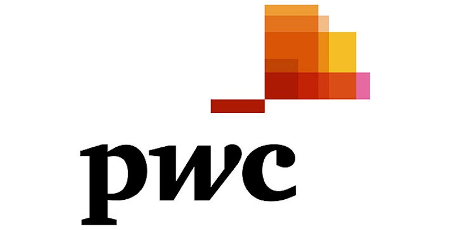PwC: Cable Subs to Drop to 53.9M By 2018

Despite recent improvements in stemming basic video losses, cable television companies are expected to lose nearly 1 million subscribers in the next five years, dipping to 53.9 million customers by 2018, down from 54.8 million in 2013, according to accounting and consulting giant PricewaterhouseCoopers.
In its Entertainment and Media Outlook 2014-2018, PwC says new television customers will migrate to satellite and IPTV providers. PwC predicts that satellite TV customers will rise by about 1.8 million customers to 36.2 million customers by 2018, while IPTV households will grow by about 5.4 million to 16.8 million customers.
While the number of pay TV homes is expected to grow to 108 million by 2018 – mainly due to new household formation – overall pay TV penetration is expected to fall to 77% by 2018, according to PwC. That’s down from its peak of 82% in 2009. Cable household share is expected to dip to 38.5% by 2018.
That loss of market share is proof, says PwC, that cord-cutting is making at least some impact. And it leaves cable operators with few alternatives.
“With little room for organic growth, the major cable operators are likely to seek further consolidation to protect their market share through acquisition,” PwC said in the report.
That consolidation is already occurring, with Comcast’s pending merger with Time Warner Cable, a $69 billion deal expected to grow the combined company’s subscriber base to 30 million, currently winding through the federal approval process. Another big deal – AT&T’s pending $67 billion acquisition of DirecTV – will create a 26-million subscriber No. 2 and also is pending government approval.
Despite Comcast’s recent gains on the video subscriber front – it added 46,000 customers in the fourth quarter last year and 24,000 in the first quarter this year – PwC still expects DirecTV to overtake Comcast as the largest pay TV provider by 2016.
Multichannel Newsletter
The smarter way to stay on top of the multichannel video marketplace. Sign up below.
